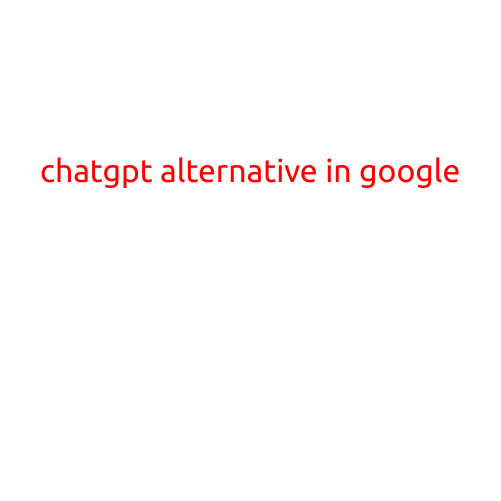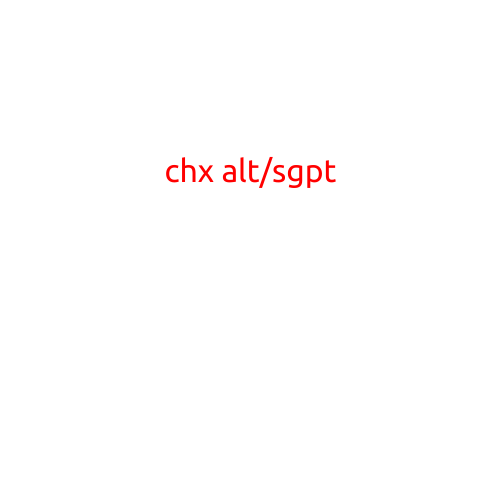
ChatGPT Alternative in Google: Exploring AI-Powered Conversational Tools
The recent release of ChatGPT, a language model developed by Meta AI, has sent shockwaves across the tech industry. While ChatGPT has gained widespread recognition for its ability to engage in natural-sounding conversations, many users are looking for alternatives within Google’s ecosystem. In this article, we’ll dive into some of the top ChatGPT alternatives in Google that you can use to enhance your conversational AI experience.
Google’s Conversational AI: Dialogflow
Dialogflow, previously known as API.ai, is a Google-developed platform that enables developers to build conversational interfaces for various applications. With Dialogflow, you can create chatbots, voice assistants, and other interactive experiences that can understand and respond to user input. While not as advanced as ChatGPT, Dialogflow offers a robust platform for building conversational solutions.
Key Features:
- Integrates with Google Assistant and other language processing technologies
- Supports multiple platforms, including web, mobile, and IoT devices
- Offers advanced text and speech recognition capabilities
Google’s Other Conversational Tools
Beyond Dialogflow, Google has several other conversational AI tools that can be used as alternatives to ChatGPT. These include:
- Google Cloud Natural Language: A cloud-based API for text analysis that can be used to extract insights from unstructured data.
- Google Cloud Speech-to-Text: A speech recognition API that can transcribe audio and video content into text.
- Google Cloud Text-to-Speech: A text-to-speech API that can convert written text into spoken audio.
Other Google-Powered Alternatives
In addition to Google’s own conversational tools, there are several third-party alternatives that are integrated with Google’s ecosystem. These include:
- ManyChat: A popular chatbot platform that integrates with Google Assistant and other conversational AI tools.
- IBM Watson Assistant: A cloud-based AI platform that can be used to build conversational interfaces for various applications.
- Microsoft Bot Framework: A set of tools for building conversational interfaces that integrates with Google’s Cloud Platform.
Conclusion
While ChatGPT is an impressive language model, there are several alternatives within Google’s ecosystem that can be used to build conversational AI solutions. From Dialogflow to third-party alternatives, Google has a wide range of options for developers and users looking to create interactive experiences. By exploring these alternatives, you can harness the power of conversational AI and bring your ideas to life.
Future Prospects
As the conversational AI landscape continues to evolve, we can expect to see even more innovative solutions emerge. Google and other tech giants are likely to continue pushing the boundaries of what’s possible with conversational AI, making it an exciting space to watch in the years to come.
References:
- Meta AI. (2022). ChatGPT: A Conversational AI Model.
- Google Cloud. (n.d.). Dialogflow.
- IBM Watson. (n.d.). IBM Watson Assistant.
Additional Resources:
- “The Future of Conversational AI: Trends and Predictions” by Forbes
- “Conversational AI: A Guide to Building Interactive Experiences” by Towards Data Science
- “The Power of Conversational AI: Opportunities and Challenges” by Harvard Business Review





